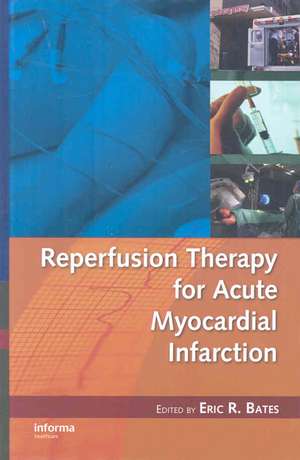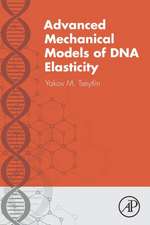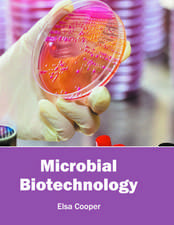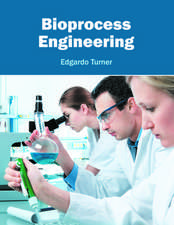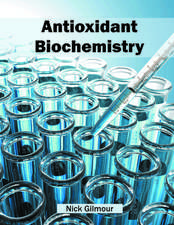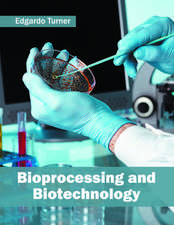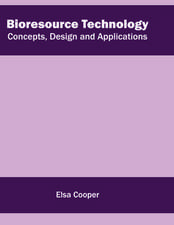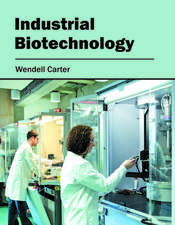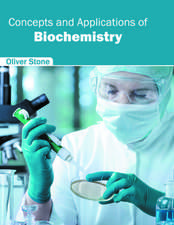Reperfusion Therapy for Acute Myocardial Infarction: Fundamental and Clinical Cardiology
Editat de Eric R. Batesen Limba Engleză Hardback – 20 mar 2008
Demonstrating the benefits of reperfusion therapy, this volume:
- Examines fibrinolytic agents that can be used alone or in combination with other care regimens to improve the benefits of reperfusion therapy and reduce the risks of treatment
- Summarizes the use of percutaneous coronary intervention (PCI) across the spectrum of reperfusion therapy
- Helps specialists identify barriers to the early treatment of patients in various practice environments
- Reviews the clinical relevance and implications of recent clinical trials and the integration of these findings into the current practice of acute reperfusion therapy
Preț: 1483.44 lei
Preț vechi: 1561.52 lei
-5% Nou
Puncte Express: 2225
Preț estimativ în valută:
283.88€ • 294.70$ • 236.72£
283.88€ • 294.70$ • 236.72£
Carte tipărită la comandă
Livrare economică 22 martie-05 aprilie
Preluare comenzi: 021 569.72.76
Specificații
ISBN-13: 9780849343582
ISBN-10: 0849343585
Pagini: 416
Dimensiuni: 152 x 229 x 24 mm
Greutate: 0.68 kg
Ediția:1
Editura: CRC Press
Colecția CRC Press
Seria Fundamental and Clinical Cardiology
ISBN-10: 0849343585
Pagini: 416
Dimensiuni: 152 x 229 x 24 mm
Greutate: 0.68 kg
Ediția:1
Editura: CRC Press
Colecția CRC Press
Seria Fundamental and Clinical Cardiology
Public țintă
Professional and Professional ReferenceCuprins
Background. Chapter 1. Historical Milestones. Chapter 2. Pathophysiology of Myocardial Infarction. Chapter 3. Successful Myocardial Reperfusion. Fibrinolytic Reperfusion. Chapter 4. Infusion Fibrinolytic Therapy. Chapter 5. Bolus Fibrinolytic Therapy. Chapter 6. Treatment Opportunities with Fibrinolytic Therapy. Catheter-based Reperfusion. Chapter 7. Primary PCI. Chapter 8. Rescue PCI. Chapter 9. Facilitated PCI. Chapter 10. Primary PCI without On-site Surgery. Chapter 11. Transfer for Primary PCI. Adjunctive Therapy. Chapter 12. Antiplatelet Agents. Chapter 13. Anticoagulant Agents. Chapter 14. Myocyte Protection by Pharmacological Therapy. Chapter 15. Myocyte Protection by Device Therapy. Challenges and Opportunities. Chapter 16. Optimal Strategies for Emergency Medical System and Emergency Department Triage. Chapter 17. Management of Complications. Chapter 18. Myocyte Regeneration. Chapter 19. The Future of Reperfusion Therapy. Appendix. ACC/AHA and ESC Guidelines.
Notă biografică
ERIC R. BATES is Professor of Internal Medicine at the University of Michigan. Dr. Bates received his M.D. from the University of Michigan Medical School, Ann Arbor, and trained in internal medicine and cardiology at the University of Michigan Hospitals. His major clinical interests include acute myocardial infarction, acute coronary syndromes, and coronary artery disease. His research efforts have focused on fibrinolytic and catheter-based reperfusion therapy for acute myocardial infarction and cardiogenic shock, antiplatelet and anticoagulant therapy for coronary thrombosis, and coronary artery revascularization. Dr. Bates has served on the steering committees for several important international multicenter randomized clinical trials. He serves on the editorial boards of the American Journal of Cardiology, the European Journal of Cardiology, the Journal of the American College of Cardiology, the American Heart Journal, Catheterization and Cardiovascular Interventions, and Cardiology News. Dr. Bates is a member of the ACC/AHA writing committee to update the 1999 guidelines for acute myocardial infarction. He is also a member of the American Board of Internal Medicine Interventional Cardiology Test Committee.
Descriere
Demonstrating the benefits of reperfusion therapy, this volume examines fibrinolytic agents that can be used alone or in combination with other care regimens to improve the benefits of reperfusion therapy and reduce the risks of treatment. It summarizes the use of percutaneous coronary intervention (PCI) across the spectrum of reperfusion therapy, helping specialists identify barriers to the early treatment of patients in various practice environments. The book also reviews the clinical relevance and implications of recent clinical trials and the integration of these findings into the current practice of acute reperfusion therapy.
